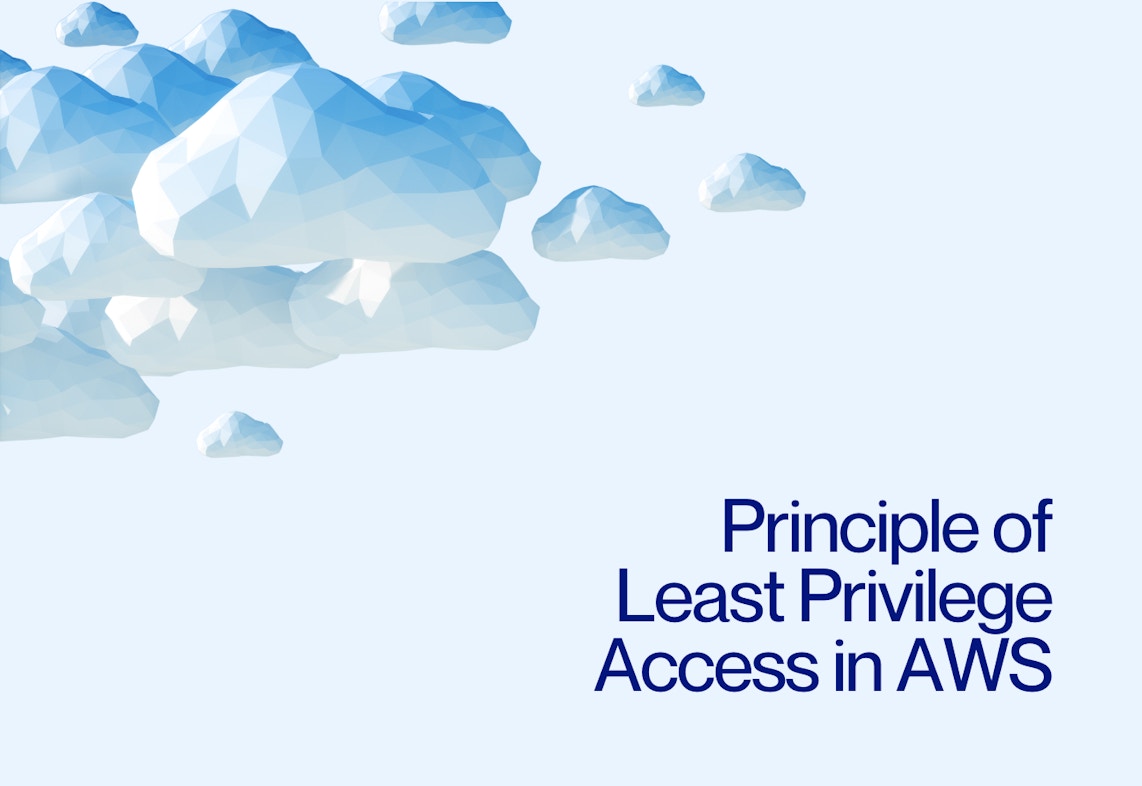
Relying on IAM User to control access to resources on the AWS platform is fine for a while. But as an organization’s operations become spread across multiple cloud platforms and services, managing access individually in each platform isn’t efficient. Let’s explore why the cross-cloud model has become so popular, the security risks that come with it, and how cross-cloud privilege management addresses the vulnerabilities inherent in this approach.
Many AWS customers eventually move to a multi-cloud strategy as their organizations grow. A multi-cloud strategy allows businesses the freedom to pick and choose the products and services best suited to meet their needs. But properly securing a highly distributed digital infrastructure can pose significant security challenges.
Why a Cross-Cloud Strategy Is Increasingly Common
Also called a multi-cloud strategy, a cross-cloud approach can help a business operate more efficiently and cost-effectively. Here are three important ways organizations benefit from a multi-cloud strategy.
Avoids vendor lock-in
Committing to a single cloud platform places a business at the mercy of one provider. Although plugging into one solution simplifies security, it can create an uncomfortable level of dependence, with all of a business's digital eggs stored in one basket. For many organizations, the ability to stay flexible and agile is worth the tradeoff of added complexity.
Freedom to select the best service for each use case
One of the strongest value propositions for the multi-cloud approach is the ability to pick and choose the solutions that work best for the needs of the moment. Avoiding the one-size-fits-all approach allows businesses to adapt quickly, shifting resources as their needs change. As the pace of innovation accelerates, more businesses have moved to a highly adaptable approach to service provisioning.
Improves risk management
Cloud vendors can experience outages and other service issues that negatively impact business operations. Using multiple providers is a proven way to actively manage risk, building in redundancies that make it possible to shift from one provider to another as needed.
The IAM User in a Cross-Cloud Environment
IAM Users are entities specific to individual cloud platforms. Unless they have a comprehensive access management solution, businesses using a multi-cloud strategy must manage permissioned access for each platform individually. This complexity can result in permissioning misconfigurations that create significant security vulnerabilities. Here’s why relying on native IAM isn’t ideal.
Poor visibility into user privileges
When users have more privileges than they require to complete their work, they create an unnecessary level of risk. In the hands of an internal or external threat, these elevated user credentials provide additional opportunities for harm. But right-sizing user privileges and actively monitoring and correcting privilege drift requires a unified view that spans all cloud platforms and services.
Increased security risks
The traditional hard-shell-soft-center approach to network security relies heavily on firewalls and other network security strategies to prevent unauthorized access from the outside. But today’s identity-defined perimeter requires controlling and securing privileged access in new ways. Implementing a unified approach to managing access privileges in a multi-cloud environment is challenging, often requiring IT admins to correctly configure permissions for hundreds to thousands of human and synthetic users across multiple cloud services. This level of complexity dramatically increases the chances of human error, creating security vulnerabilities.
Elevated governance risk
Each day, human and non-human users access cloud resources countless times. Resource governance requires centralized enforcement of company access policies, ensuring compliance with internal, industry, and/or government policies. With operations spread across multiple clouds, many IT teams lack a comprehensive strategy for monitoring and logging resource access.
Added strain on IT resources
The multi-cloud environment increases operational complexity significantly. Managing user privileges, logging resource access, and enforcing governance standards in multiple platforms is a complex task. It requires developing an in-depth understanding of how to manage security, create and apply user permissions and policies, manage access logs, and a host of other security-related tasks, which are different in each platform. When this responsibility is applied to multiple providers, the sheer operational complexity can prove overwhelming.
Cross-Cloud Privilege Management: Better for Multi-Cloud Environments
A privileged access management (PAM) platform eliminates the complexities inherent in the multi-cloud architecture. Here are four ways a cross-cloud PAM solution helps businesses secure their cloud assets.
Dynamic permissioning
When users have always-on access to company resources, their user credentials create more of a liability than necessary. Just-in-time permissioning solves this problem by providing users with privileged access only for the minimum amount of time required to execute a task. Once the allotted time has passed, privileges are automatically revoked, requiring reauthentication. With time-limited access, user credentials are far less useful in the hands of an external threat or malicious insider.
Least privilege enforcement
Providing users with the lowest level of permissions they require to complete their work dramatically decreases the size of a business's available attack surface. But discovering and eliminating excess privileges requires centralized insight into access changes, policy drift, and the identification of high-risk identities and privileges. PAM systems provide security teams with a single pane of glass for viewing user access across the organization’s entire multi-cloud environment.
Proactive security monitoring
Modern permissioning platforms provide security teams with a detailed, cross-cloud view of access changes and policy drift. This analysis makes it easier for security teams to enforce cloud security best practices. In addition, a PAM platform assists security teams with identifying and resolving tough-to-spot security vulnerabilities, including misconfigurations, high-risk permissions, and suspicious activity across all cloud operations. Data fed from the PAM platform into the business’s UEBA or SIEM systems, helps SecOps teams flag questionable user behavior and conduct post-incident, identity-based security investigations.
Secrets governance
Monitoring, inventorying, and securing API keys is an essential part of securing cloud resources. The PAM platform provides IT security teams with an essential tool for tracking when keys are created, used, and deleted. In addition, it automates the process of granting the dynamic secrets required for human and machine processes. When access is provided on an as-needed basis only, secrets are only made available to authorized users, when and where they’re needed, for a specified amount of time. Once that time has expired, access is revoked.
Moving Beyond Individual Management of IAM Users
IAM Users are an important part of controlling permissioned access in the cloud. But for businesses with operations spread across multiple platforms and services, managing user permissions in each platform isn’t feasible. PAM platforms eliminate much of the complexity of managing security in a multi-cloud environment, providing IT admins with a unified view of user permissions and resource access.
Read Achieving Just-in-Time Privileges in Multi-Cloud Environments to learn how to grant JIT privileges cross-cloud through a unified access model.




